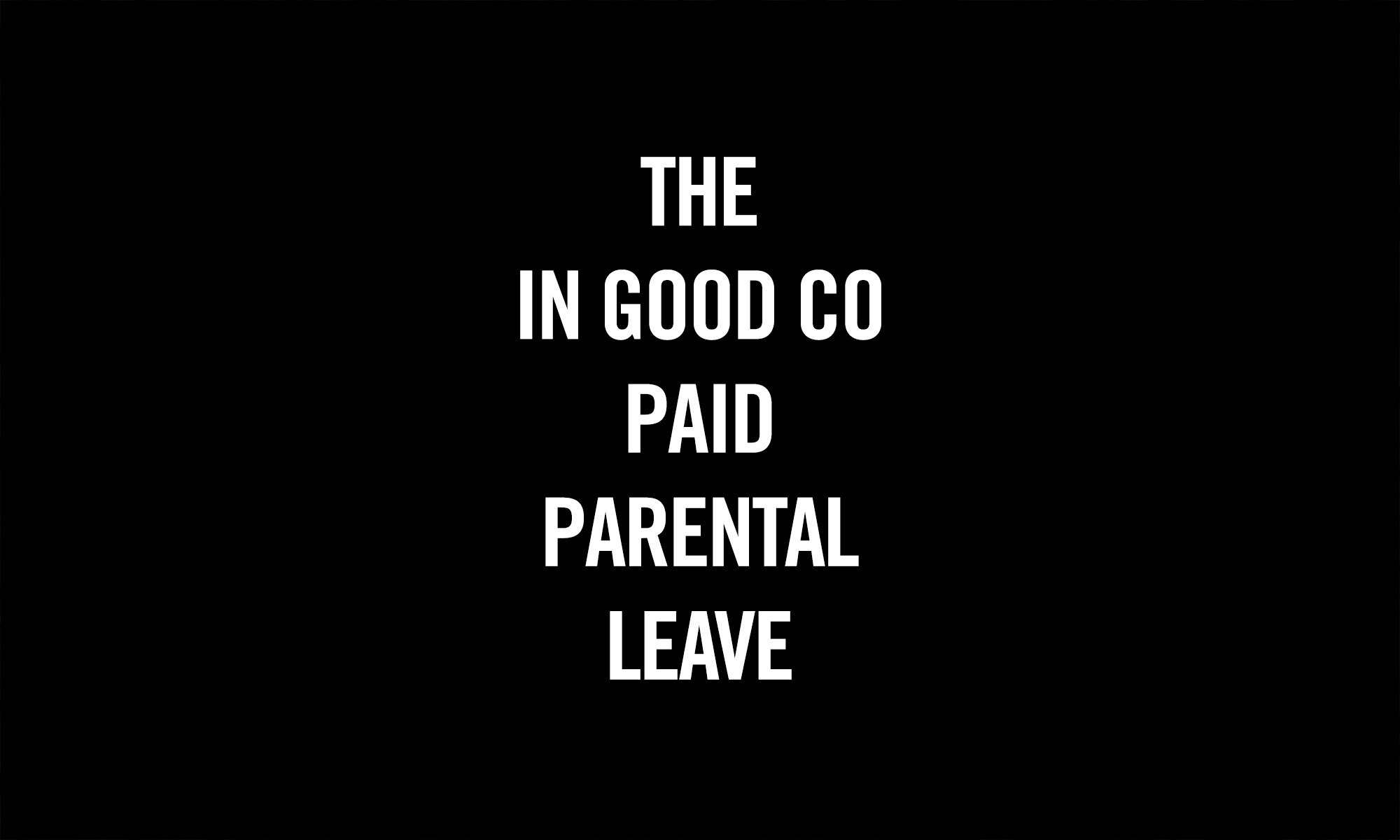‘Because good culture starts by doing the right thing’ — Chris Danton, Head of Creative Strategy
Today, along with a few other pioneering agencies, we planted our flag in the sand. We committed to being the change we wish to see.
Along with Pledge Parental Leave and 19 other creative companies, we committed to providing paid parental leave for our employees. We’ve long believed that becoming a parent is something to be celebrated, not feared.
Below is a summary of that commitment.
OUR PLEDGE
MAIN POINTS
- 3 Months Paid Leave (to cover those precious first months)
- 3 Months Uninterrupted Medical Coverage (to ensure peace of mind)
- 6 Months Job Security (to give employees the option of taking more valuable time without fear of losing their job)
- Commitment to openly publishing the policy (to end the stigma of asking about parental leave benefits)
ADDITONAL DETAILS
- This goes for ‘Secondary’ caregivers too. We believe you are an important part of this mix.
- You can delay your leave for up to 12 months to help manage that first year in stride.
Ultimately we hope these changes will be adopted across the board, by every organization. It’s time for change, good change.
-IN GOOD CO
